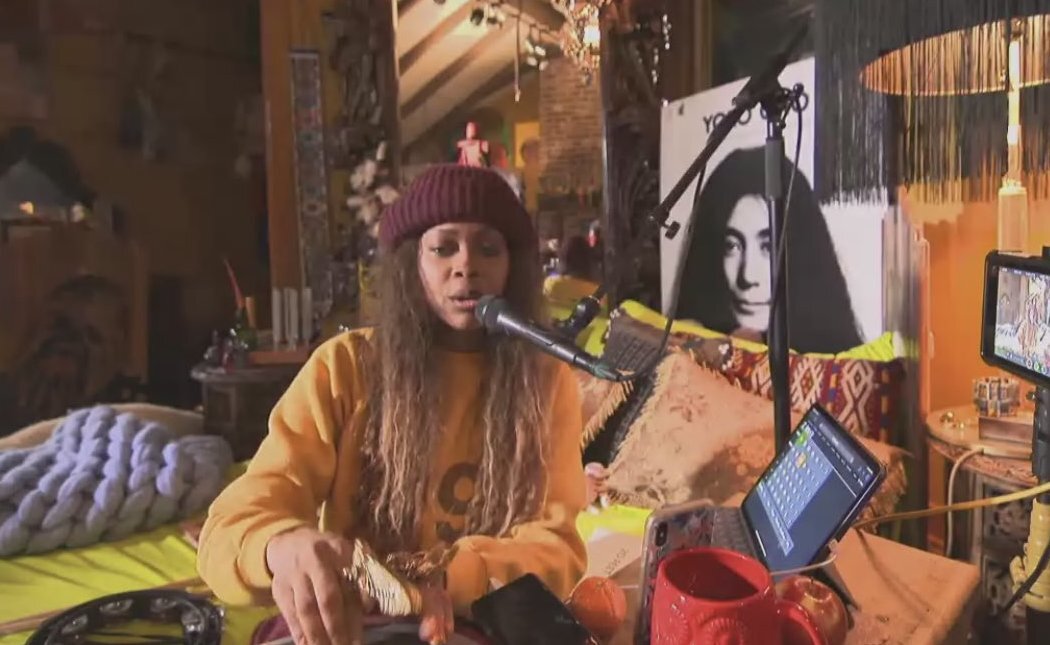Pandemic Playlist: Songs for the End of the World

“The Last Black Man in San Francisco” and Bon Iver
This week's playlist finds new contributor Victoria Conway in an apocalyptic mood.
My playlists tend to adhere to a certain emotion, and “Songs for the End of the World” is an apt reflection of my state of mind these days. This global pandemic is an unprecedented time that has made the significant downfalls of our government and economy irrefutable. It’s a nightmare come to life for those of us who have already been critical of the system around us, and hopefully, a wakeup call to those who haven’t. Confined within the walls of my house for the past five weeks, I have tried to remain hopeful, but it’s hard to ignore the overwhelming feeling that the world as we know it is coming to an end.
The songs in this playlist speak to that apocalyptic feeling. During a period of mandatory isolation, a trip to the grocery store can be anxiety-inducing when you’re surrounded by masks and gloves and trying to avoid breaching anyone’s twelve-foot-wide bubble of personal space. These tracks encapsulate that feeling for me: ominous yet wondrous, disconnected from reality and nostalgic for the normalcy.
I chose to open this playlist with a cover of “San Francisco (Be Sure to Wear Flowers in Your Hair),” rerecorded by Emile Mosseri, Joe Talbot, and Daniel Herskedal for The Last Black Man in San Francisco soundtrack. The modern cover is a soulful take on the psychedelic pop track originally sung by Scott McKenzie in 1967. This song represents both a sense of nostalgia and community for me; I was raised in the Bay Area, and so the image of “people in motion” in the “streets of San Francisco” are poignant reminders of how much has changed.
This playlist spans a variety of genres, ranging from the folktronica of Bon Iver’s “715 - CR∑∑KS” to Crywank’s self-proclaimed “anti-folk sad core” sound. These songs share an air of uncertainty and longing, and for some, a sort of paralysis.
To end the playlist, I chose “3704 / 3837” by neoclassical composer Ólafur Arnalds. The sudden raucousness and polyrhythm of the song is, to me, disorienting and overwhelming, much like the quick succession of events that has impacted the world over a span of just a few months. The arc of the song, from a gentle piano melody to chaotic metal rock to the serenity of an organ, reflects the trajectory of this crisis. It feels as if we are in the midst of the chaos now, but soon, hopefully, a sense of ease will return.






